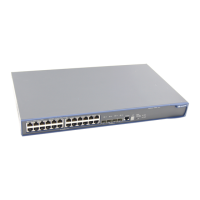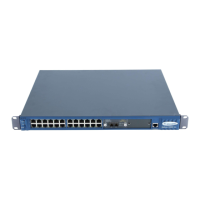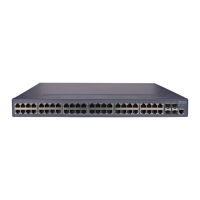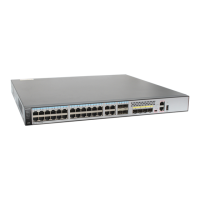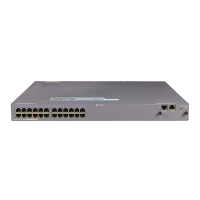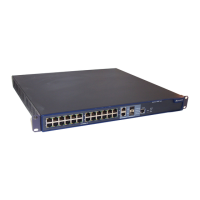Operation Manual – AAA&RADIUS
Quidway S3100 Series Ethernet Switches Chapter 1
AAA&RADIUS Configuration
Huawei Technologies Proprietary
1-4
RADIUS
Server
(1) The user inputs the user name and password
(2)
Access -Request
PC
RADIUS
Client
(3) Access -Accept
(4) Accounting -Request (start)
(5) Accounting -Response
(7) Accounting - Request (stop)
(8) Accounting -Response
(9) Inform the user the access is ended
(6) The user starts to access the resources
RADIUS
server
(1) The user inputs the user name and password
(2)
Access -Request
PC
RADIUS
client
(3) Access -Accept
(4) Accounting -Request (start)
(5) Accounting -Response
(7) Accounting - Request (stop)
(8) Accounting -Response
(9) Inform the user the access is ended
(6) The user starts to access the resources
RADIUS
Server
(1) The user inputs the user name and password
(2)
Access -Request
PC
RADIUS
Client
(3) Access -Accept
(4) Accounting -Request (start)
(5) Accounting -Response
(7) Accounting - Request (stop)
(8) Accounting -Response
(9) Inform the user the access is ended
(6) The user starts to access the resources
RADIUS
server
(1) The user inputs the user name and password
(2)
Access -Request
PC
RADIUS
client
(3) Access -Accept
(4) Accounting -Request (start)
(5) Accounting -Response
(7) Accounting - Request (stop)
(8) Accounting -Response
(9) Inform the user the access is ended
(6) The user starts to access the resources
Figure 1-2 Basic message exchange procedure of RADIUS
The basic message exchange procedure of RADIUS is as follows:
1) The user enters the user name and password.
2) The RADIUS client receives the user name and password, and then sends an
authentication request (Access-Request) to the RADIUS server.
3) The RADIUS server compares the received user information with that in the Users
database to authenticate the user. If the authentication succeeds, it sends back an
authentication response (Access-Accept), which contains the information of user’s
rights, to the RADIUS client. If the authentication fails, it returns an Access-Reject
response.
4) The RADIUS client accepts or denies the user depending on the received
authentication result. If it accepts the user, the RADIUS client sends a
start-accounting request (Accounting-Request, with the Status-Type filed set to
“start”) to the RADIUS server.
5) The RADIUS server returns a start-accounting response (Accounting-Response).
6) The use starts to access the resources.
7) The RADIUS client sends a stop-accounting request (Accounting-Request, with
the Status-Type field set to “stop”) to the RADIUS server.
8) The RADIUS server returns a stop-accounting response (Accounting-Response).
9) The resource access of the user is ended.

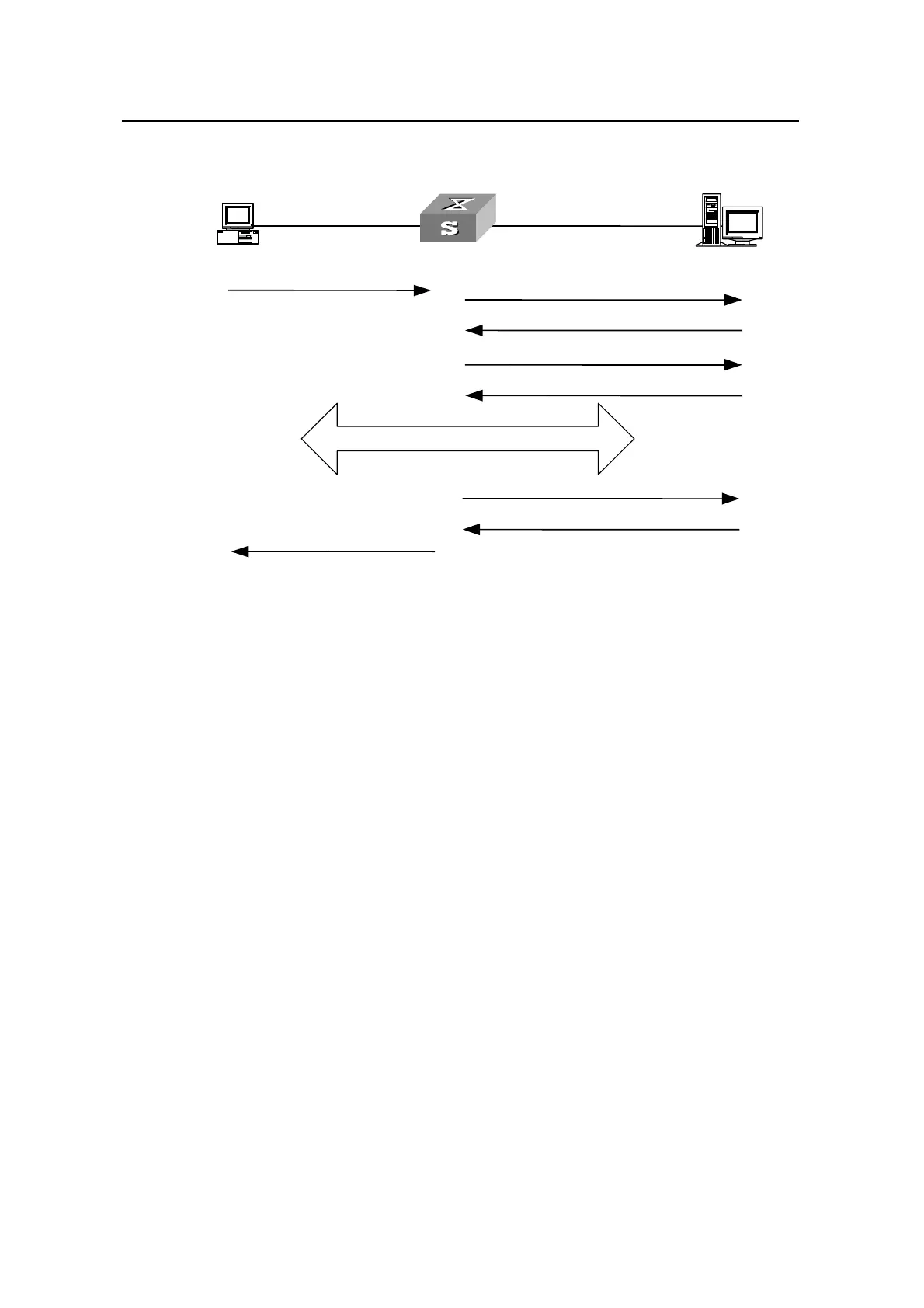